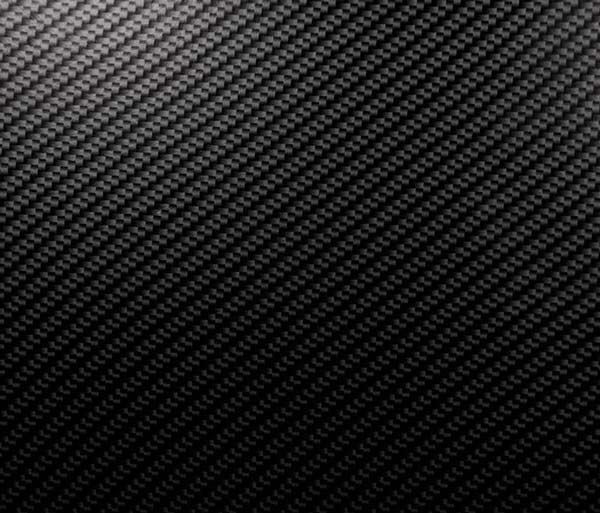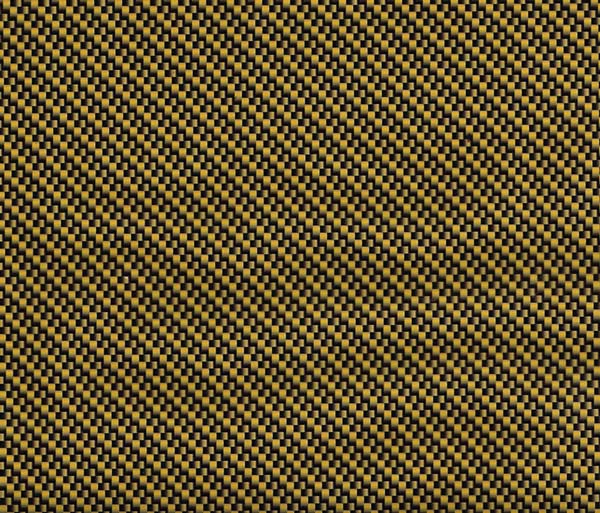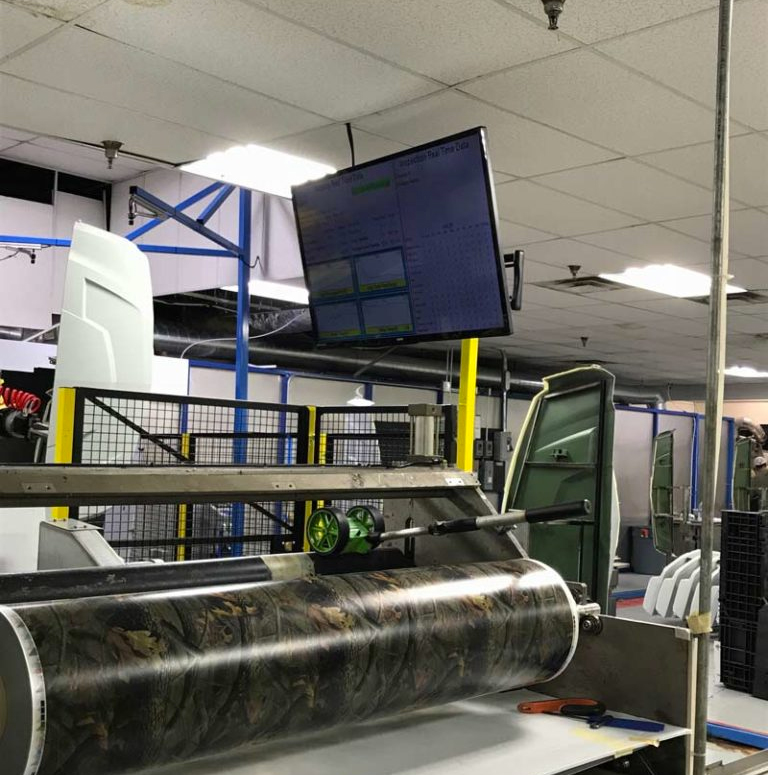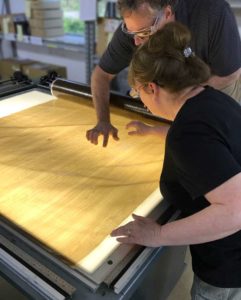How is the film purchased?
The film used in the hydrographics process is printed in ½ m, 1m, and 1.3m widths. The film is inspected for imperfections upon receipt before being used in the dipping process.
How is the film applied to the part?
A roll of film is mounted to one side of the dipping tank. The film is floated over the top of the tank and then a liquid activator spray is applied. The activator dissolves the PVA backing on the film and it re-wets the ink on top of the PVA. The part is dipped into the tank transferring the wet ink to the part. The PVA is then washed form the part leaving only the ink.
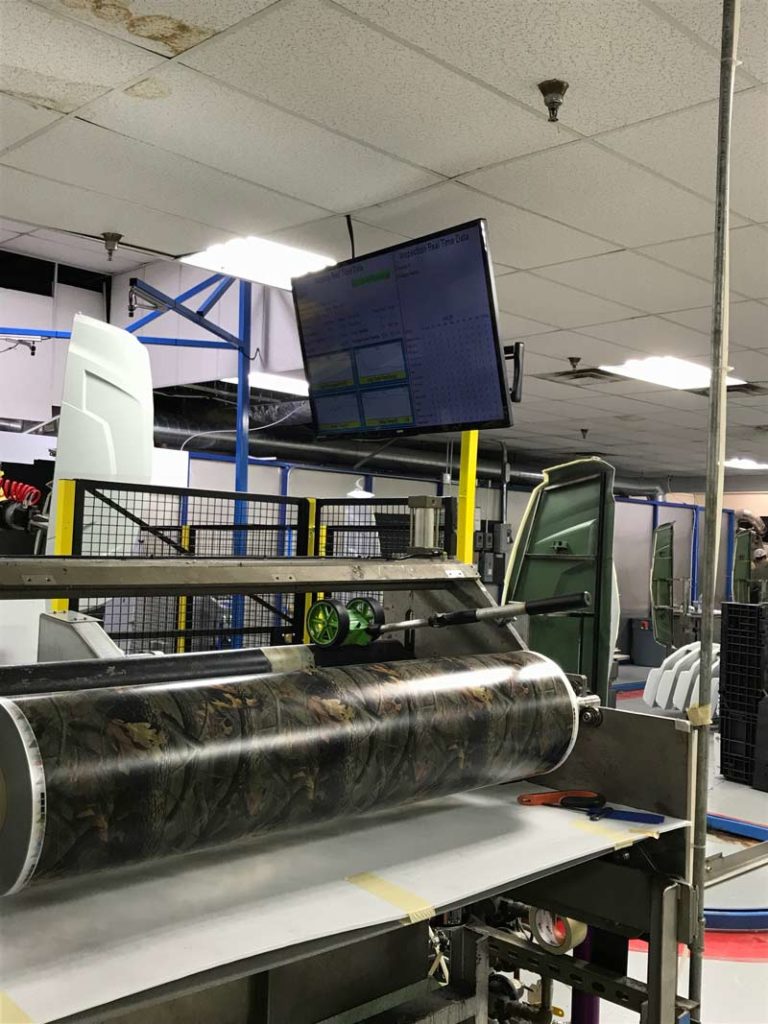
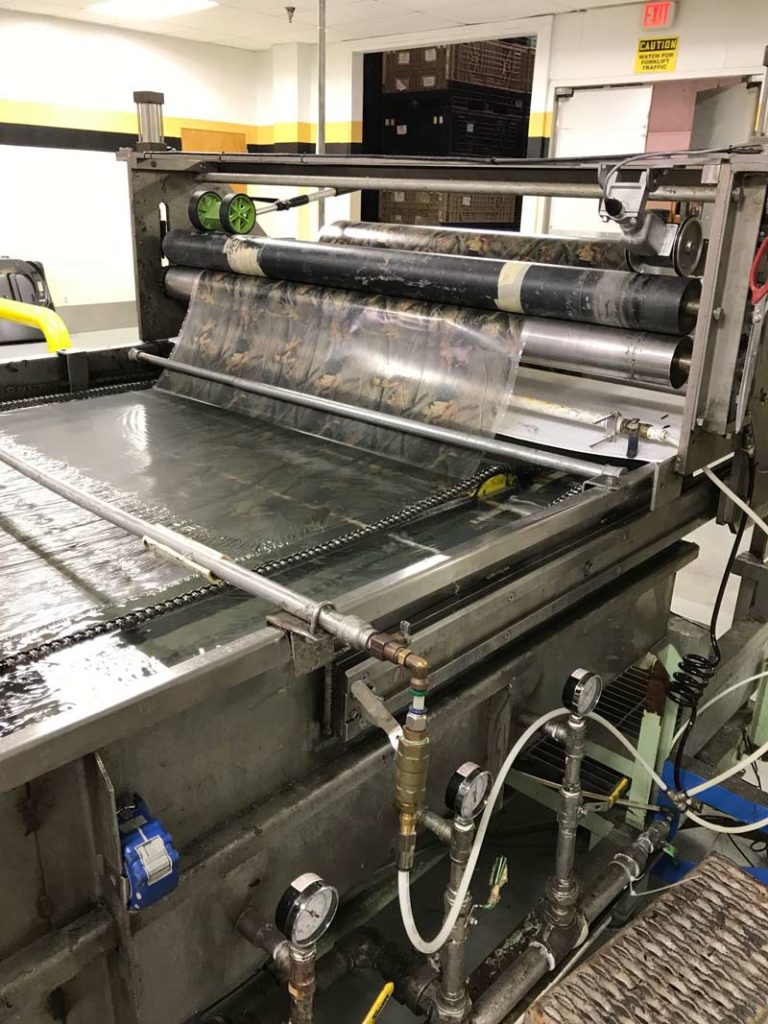
How do you make custom designs / patterns?
Though there are hundreds of available patterns, customers have the option to create unique, custom designs as well. Typically, this involves designing the pattern, finalizing the artwork for print and physically producing the metal cylinder from which the film will be printed. A detailed overview is below:
Step 1: The development costs associated with a custom pattern are based on several criteria. Projected annual film consumption, number of colors in the pattern, required film width, amount of artwork support, and other factors are all considered in the development costs. Hydrographics companies can provide development costs based on the initial program review.
Step 2: Design your pattern or provide a sample of the desired pattern. The sample could be an actual piece of wood, brushed metal, or a piece of granite, for example. In addition, a photograph or an electronic file (Adobe Illustrator or Photoshop) could be used. A hydrographic film can be created from almost any source, and customer-focused hydrographics companies should support your film development at all phases. Please note: If you would like your logo included in the pattern, it is best to design it so it is in random locations in the pattern. Full color proofs of your pattern will be supplied for the initial review and approval. The proofs should be reviewed as thoroughly as possible for adjustments to color, pattern scale, etc. Once the printing cylinders are etched, only the colors can be easily modified.
Step 3: Upon customer approval of the supplied proofs, the next step is the creation of the gravure printing cylinders. In gravure printing, the image is engraved onto a cylinder (each color will require a separate cylinder). This will take about 6-8 weeks. A small sample roll of the pattern will be created. Actual parts and panels will be decorated from the sample film for testing and customer approval. If adjustments to color are required, additional time will be required for each iteration.
Step 4: When approved, the production film will be produced. This will take about 4 weeks, and the standard minimum run is 250 sq. meters.
What considerations should be made when designing a custom pattern?
The hydrographics company will provide guidance when creating a custom pattern and will create the final artwork for print as well. However, customers should consider the following with custom patterns:
- Volume: A minimum quantity of film must be produced. The customer should have enough volume of parts to offset the development costs associated with a custom film.
- Keep the scale of image in mind. For example, only a portion of a very large image would be seen on a small part. Or a very small image would be lost on a large part that may be viewed from a distance. The scale is very important.
- Patterns should be repeating with no borders so that they can be applied anywhere on the part with consistent and high quality results. Hydrographics companies can assist with the repeat.
- For example, patterns with a logo that needs to be centered on the same area of the part can be challenging to repeat in the production process and will add unnecessary costs to the process
- A simple photo of a naturally existing pattern or an actual piece of material can be used to create a custom hydrographic film
- A single pattern can be used to create multiple looks. The color of the painted base coat which is applied to the part prior to the film can change the appearance of the finished product and can be customized to produce desired affects
- Ex: A traditional carbon fiber pattern (black/silver) can be changed to a different color scheme by simply changing the base coat
